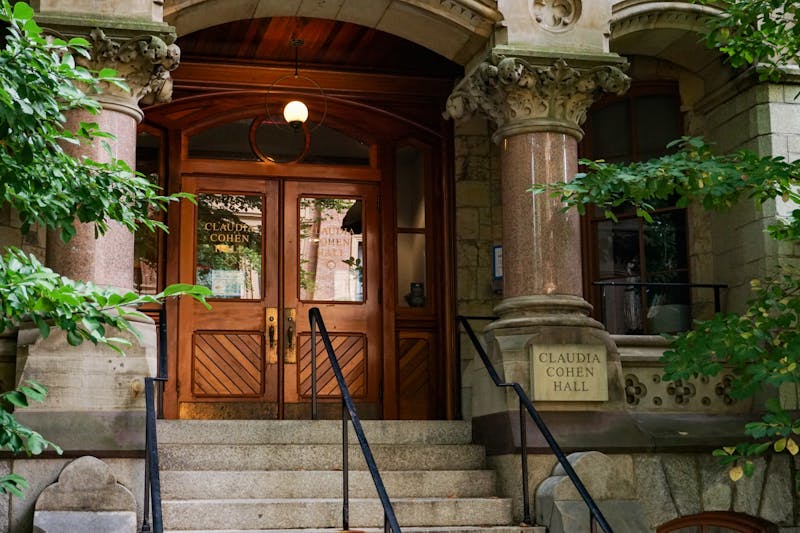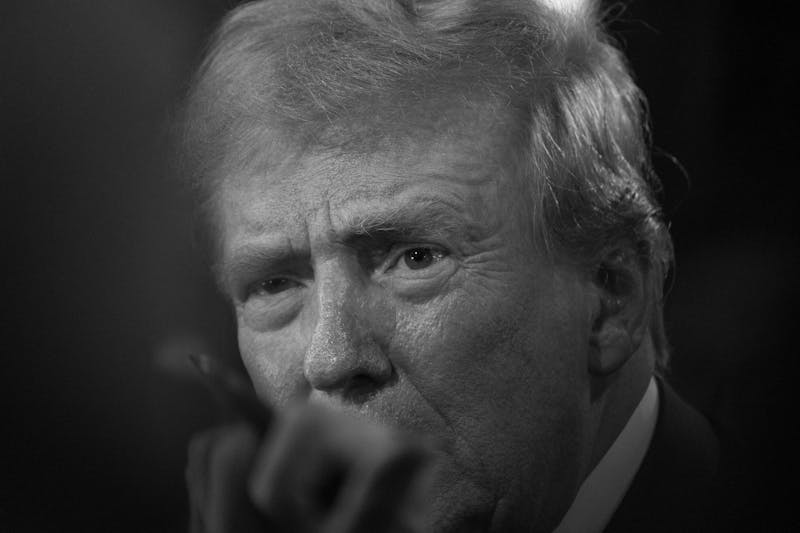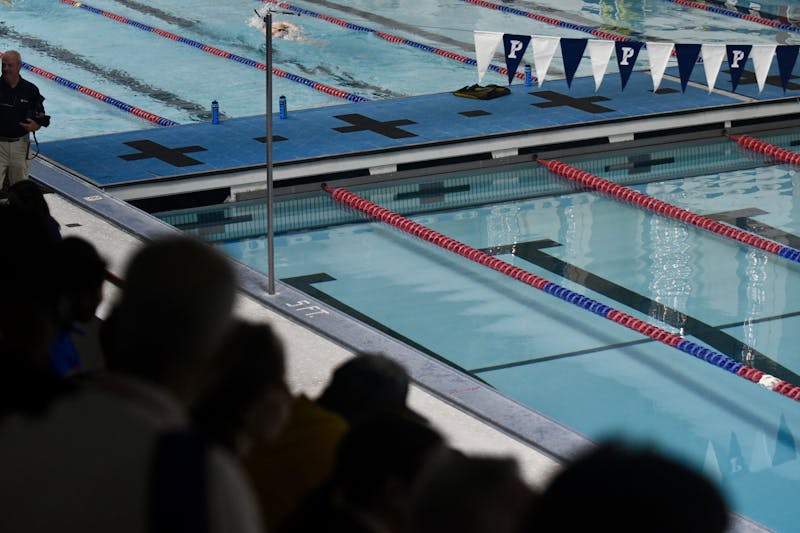
The stakes of last Tuesday’s election were high: Would Republican Tom Corbett remain governor despite broad criticism of his policies? Or would Tom Wolf, his Democratic challenger, become the new top “Tom” in town?
But even with the high stakes, low voter turnout in Philadelphia and at polling stations near Penn indicated that a large number of people didn’t really care.
Philadelphia saw a historically low turnout of only about 36 percent of registered voters — the lowest citywide turnout in a Pennsylvania governor’s race since 1998. Polling locations at Penn saw a 23 percent decrease in the number of voters as compared to the last gubernatorial election, according to the most recent data available from the city.
Though local political leaders offer different reasons for Penn’s low turnout, all emphasize that college students — and, specifically, Penn students — are simply less likely to vote in elections that do not have strong national implications.
“It’s just a matter of demographics,” said Carol Jenkins , the Democratic leader of the 27th Ward, which includes Penn’s campus. “Most students are not from Pennsylvania or Philadelphia, so there is not much interest in local or state elections.”
Since Penn students tend to be only temporary residents of Philadelphia, “there is a limit to how much you can get them to care,” said Matthew Wolfe , the Republican leader of the 27th Ward.
Voter turnout on campus has been steadily declining in midterm elections for years. While Penn had a turnout of 1,460 students in 2010 and 1,520 students in 2006, only about 1,113 people cast ballots in last week’s election at polling stations on campus.
Sean Foley , the political director of Penn Democrats, sees the relatively lower turnout as logical since Tuesday’s election lacked the national impact that the 2006 and 2010 elections had. Though Tuesday’s election had a national congressional race, the past two midterm elections included competitive Senate races with more significance to national politics.
“In 2006 especially, it was a big Democratic wave election on top of the gubernatorial election,” Foley said. “Since Democrats won back the Senate and House, Penn students were more excited about this election, especially because Penn students tend to be more Democratic.”
Even on a local scale, last Tuesday’s election did not offer much competitive excitement.
“Polls showed a 10 to 15 point lead for the governor’s race, so I would guess that there would be more voter interest on campus had it been a tighter race,” said Laura Thornton , the assistant director of the Fox Leadership Program, which funds and advises students from Penn Leads the Vote.
While Tuesday’s midterm elections lacked national significance and the enthusiasm of a close race, the low turnout is still seen as surprising, since controversial policies of gubernatorial candidates were expected to rouse voters.
As Philadelphia public schools have struggled to stay open with the current budget, Corbett has received widespread criticism regarding cuts to education funding. Jenkins said she had expected more people to “come out to vote Corbett out of office.”
“I think [declining turnout] is just a general trend since there’s no reason why more people didn’t come out in an election with an unpopular governor with policies that were repulsive to a lot of people,” Jenkins added.
Foley also thought the issue of Philadelphia education would drive more Penn students to vote. Though local education usually isn’t the most important issue for college students, “the current state of Philadelphia schools has been hard to ignore, and Wolf’s plan to increase funding was real and tangible to Penn students,” he said.
Even with provocative issues, there might have been low voter turnout because the gubernatorial candidates failed to generate enough enthusiasm.
“Governor Corbett was weak on messaging and didn’t talk about the results he was getting, such as the decreased unemployment connected to his tax cuts,” Wolfe said. “On the other hand, Tom Wolf basically bought the Democratic primary and won from name recognition, so there was no real excitement for him either.”
But no matter what issues or candidates are included in the election, Penn’s student demographic is seen as a permanent obstacle to increasing voter turnout in the district.
“By definition of what a Penn student looks like,” Jenkins said, “there isn’t the motivation or incentive for Penn students now to come out to make the difference.”
The Daily Pennsylvanian is an independent, student-run newspaper. Please consider making a donation to support the coverage that shapes the University. Your generosity ensures a future of strong journalism at Penn.
DonatePlease note All comments are eligible for publication in The Daily Pennsylvanian.







